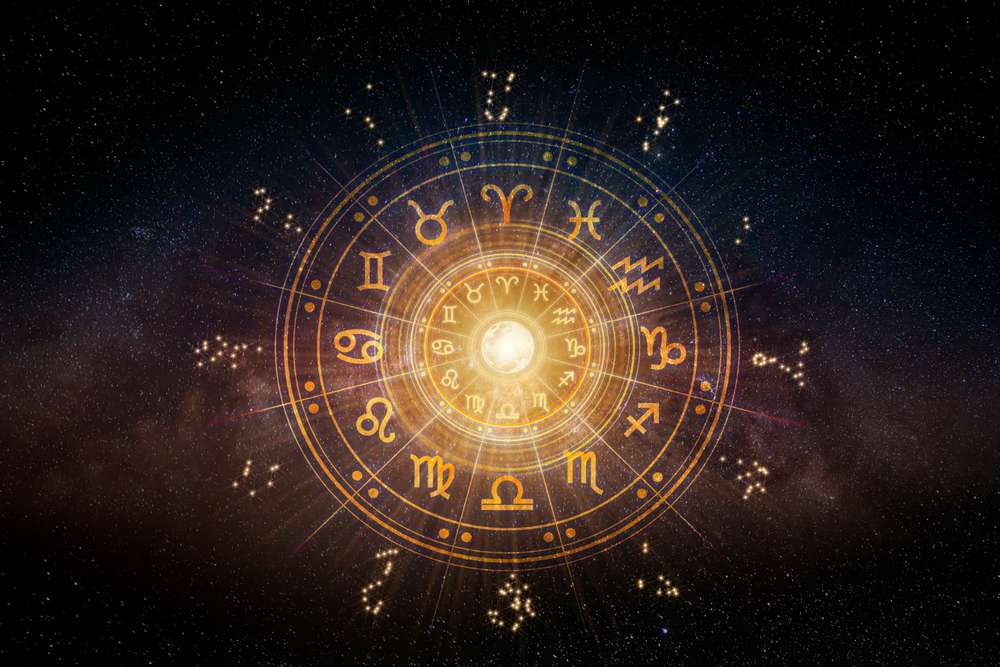Astrology Options: Ways to Explore Charts, Signs, and Readings
Astrology is a system many people use to explore personality traits, timing, and symbolic patterns tied to planets and signs. It blends astronomical positions with interpretive frameworks that vary by tradition. This article outlines common astrology options — from quick horoscopes to detailed birth chart consultations — and explains what each approach can reveal so you can choose an option that fits your interests and needs.

What is astrology and how does it work?
Astrology refers to the study of correlations between celestial positions and symbolic meanings developed over centuries. Practitioners map the positions of planets, the Sun, and the Moon relative to Earth and interpret those placements through systems such as tropical or sidereal astrology. Interpretations rely on archetypes, planetary themes, and house placements; different astrologers emphasize psychological insight, predictive timing, or spiritual guidance. Astrology is not a predictive science in the empirical sense, but it provides a structured language for reflecting on life patterns and personal tendencies.
How do the stars influence readings?
When people talk about the stars in astrology they mean the fixed backdrop of constellations and the apparent paths of planets across the sky. Historically, constellations provided reference points for dividing the ecliptic into signs; contemporary astrologers focus more on planetary positions than on individual stars. In many charts, fixed stars can be noted for specific symbolic emphasis, but mainstream readings rely primarily on planetary aspects and angles. Star symbolism adds nuance in specialized techniques, while most general readings treat “stars” as part of the broader celestial context.
What does the zodiac represent?
The zodiac is a 12-part division of the ecliptic, with each sign—Aries through Pisces—associated with distinct themes and modes of expression. Signs describe the quality of energy an astrologer attributes to a planet or point: for example, fire signs are often linked with initiative, earth with practicality, air with ideas, and water with emotion. The zodiac organizes symbolic vocabulary for reading charts, but an individual’s full portrait comes from the entire birth chart: planets, houses, and aspects working together rather than from a single sun sign alone.
How should I read a horoscope?
A horoscope is a chart or reading for a specific time, often used in daily, weekly, or monthly formats. Popular horoscopes simplify complex charts by focusing on sun-sign transits or notable planetary aspects affecting broad audience groups. For more personalized horoscopes, astrologers use the birth chart to time trends (transits, progressions, solar returns). When reading horoscopes, note whether they are generic or natal-based: generic horoscopes can offer general themes, while personalized horoscopes interpret how current planetary movements interact with your birth chart for more precise guidance.
What is a birth chart and how to read it?
A birth chart (natal chart) is a snapshot of where planets, the Sun, and the Moon were at your exact time and place of birth. It maps those placements across twelve houses, each house representing life areas (relationships, career, home, etc.). Reading a birth chart involves identifying planetary emphases, major aspects (angles) between planets, and the chart’s overall pattern. Beginners often start by locating their sun, moon, and rising sign, then exploring how planets in houses and aspects color motivations, emotional needs, and life themes.
What astrology options are available locally or online?
Astrology options range from free, algorithm-generated horoscopes and apps to paid consultations with professional astrologers. Common offerings include quick sun-sign readings, automated birth-chart reports, one-on-one consultations by phone or video, workshop courses, and specialized services (relationship synastry, electional timing, or vocational readings). Online platforms provide accessible entry points, while local services or astrology groups can offer in-person classes or community events. When choosing an option, consider the practitioner’s approach, whether psychological, predictive, or symbolic, and ask about the method they use to generate readings.
Conclusion
Exploring astrology options means balancing convenience and depth: quick horoscopes and apps provide accessible themes, while a full birth chart reading offers a detailed symbolic map of tendencies and timing. Understanding the roles of the zodiac, stars, horoscopes, and birth charts can help you select the level of interpretation that matches your curiosity and intent, whether you seek brief insights or a comprehensive, personalized perspective.





